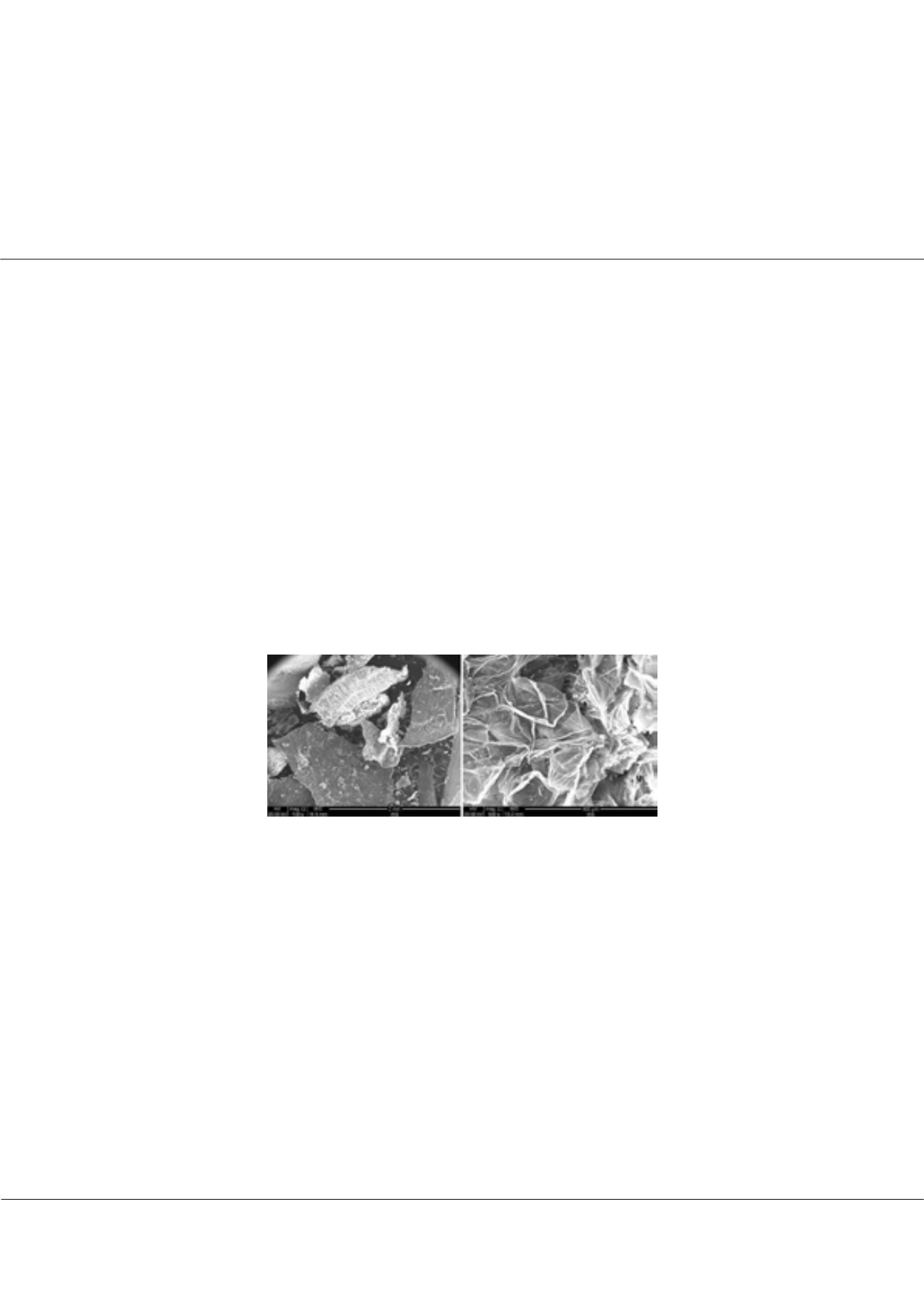

Page 117
conferenceseries
.com
Volume 9
Journal of Bioremediation & Biodegradation
ISSN: 2155-6199
Biofuel Congress 2018 &
Biomass 2018
September 04-06, 2018
JOINT EVENT
September 04-06, 2018 | Zurich, Switzerland
13
th
Global Summit and Expo on
Biomass and Bioenergy
&
12
th
World Congress on
Biofuels and Bioenergy
Copper biosorption: Influence of biomass particle size
Nancy Quaranta
Universidad Tecnológica Nacional, Argentina
T
he heavy metals found in wastewater discharges generate serious environmental and health concerns. In recent years,
there have been numerous studies based on the removal of heavy metal ions from aqueous solutions using lignocellulosic
materials, which are capable of adsorbing various pollutants at low concentrations. The biomass under study in this work,
which is used as a biosorbent of heavy metals, are peanut shells. The present work is oriented towards the study of the influence
of biomass particle size on the copper adsorption process. For this purpose, the peanut shells were ground, separated in four
different ranges of particle sizes (<1000 m, 1000-250 m, 250-88 m, 88-44 m). This biomass was analyzed by various techniques
to determine its physicochemical and environmental characteristics: SEM-EDS, XRD, DTA-TGA, FTIR, pH, ecotoxicity, SBET,
among others. Adsorption tests were carried out in batch, placing 100 ml of solution of known Cu++ concentration in contact
with 5 g of biomass and shake for 2 hours at 180 rpm. The obtained dispersion was filtered and the concentration of the Cu++
ion in the solution was measured. The results obtained as a percentage of copper removal were 20.8 for the <1000 m size,
17.6 for the 1000-250 m size, 41.5 for 250-88 m size and 33.9 for 88-44 m size. It can be seen that the biosorption processes
proved to be much more efficient for particle sizes less than 250 m. These results are related to the information obtained by
the characterization of the BET surface of the samples. The figure 1 shows the SEM images of the peanut shells used, and the
fibrous structure of this material.
Recent Publications
1. I. Morosanu, C. Teodosiu, C. Paduraru, L. Tofan (2017) Biosorption of lead ions from aqueous effluents by
rapeseed biomass, New Biotechnology, 39 [A] 110-124.
2. L. Djemmoe, T. Njanja, M. Deussi, D. Tonle (2016) Assessment of copper (II) biosorption from aqueous solution
by agricultural and industrial residues, Comptes Rendus Chimie, 19 [7] 841-849.
3. N. Quaranta, M. Caligaris, G. Pelozo, A. Césari, A. Cristóbal, (2018) Use of wastes from the peanut industry in the
manufacture of building materials. Int. J. Sus. Dev. Plann. 13 [4] 662-670.
Biography
Dr. Nancy Quaranta obtained her Ph.D. in Chemistry at the National University of South (UNS-Argentina). She is a researcher of the Scientific Research Commission
of Buenos Aires Province. She is the head of Environmental Studies Group and Materials Program Coordinator at the National Technological University. Her current
research fields are materials and environmental sciences. She is author of numerous publications and presentations at international congresses. In the last years,
her work has been oriented to the study and valorisation of industrial wastes, in particular residual biomasses of the agroindustry.
nquaranta@frsn.utn.edu.arNancy Quaranta, J Bioremediat Biodegrad 2018, Volume 9
DOI: 10.4172/2155-6199-C1-015
















